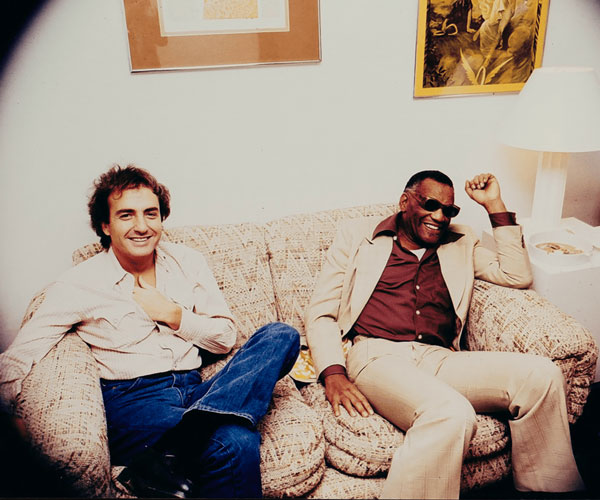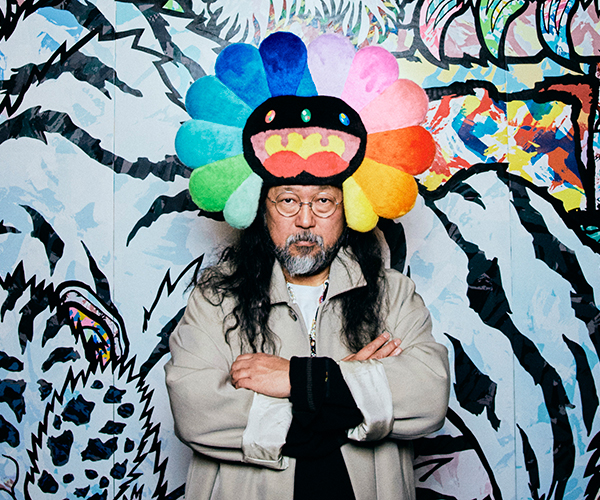Black Ties
Assembled with the cooperation of several Northeast Ohio institutions, MOCA Cleveland’s new exhibit highlights the depth of our region’s African-American art collections.
Wiley, a 33-year-old artist from Brooklyn, creates portraits of modern African-American men and juxtaposes their images against Baroque or Rococo patterned backgrounds to present them in a fresh, unexpected way. The results are immediately interesting and engaging.
“He is taking the African-American male and portraying them as heroes,” explains Margo Crutchfield, senior curator at the Museum of Contemporary Art (MOCA) Cleveland. “He is making them look like emperors.”
Wiley is one of 27 artists featured in MOCA’s From Then to Now: Masterworks of Contemporary African-American Art, which opens Jan. 29 and runs through May 9. Crutchfield says the broad range of works on display add up to an exhibit that at times provides social commentary and at others offers cultural celebration.
“You’ve got a critique of slavery, racism, sexism and gender issues,” she says. “But you also have a celebration of hip-hop. These are artists who are dealing with life today. There is a lot to relate to.”
The exhibit comprises works from Northeast Ohio collections, including pieces from Oberlin’s Allen Memorial Art Museum, the Akron Art Museum, the Cleveland Clinic, the Cleveland Museum of Art and the Progressive Corporation.
“I was very taken when I started discovering what was here and what could be done,” says Crutchfield, who had never before assembled a themed exhibit from regional collections. “To see the combined strengths of these works together is incredible. And it’s never been done.”
Among the artists featured is Clevelander Dexter Davis. His piece, Hide and Seek, features tempera, woodcut, collage, paint and charcoal. Crutchfield says it is a personal exploration of consciousness in which different versions of a face come into and recede out of focus.
To illustrate the wide range of works featured in the exhibit, Crutchfield points to Alison Saar’s Lave Tête. The sculpture depicts a woman bent over and washing her hair. But on her back is a 10-foot-tall stack of dishes that seem to be precariously balanced. Done in a green copper patina, the sculpture is as visually stunning as it is thought provoking.
“It is a comment on the roles of women, the roles of domestication and the implication of not just slavery, but of domestic labor, of low-wage situations for women of all classes,” Crutchfield says. “She is holding up the burdens of the world.”
museums & galleries
12:00 AM EST
December 16, 2009



